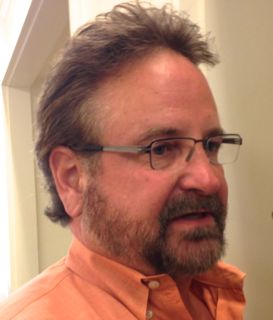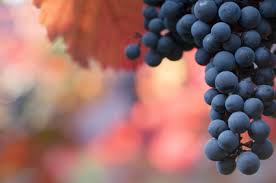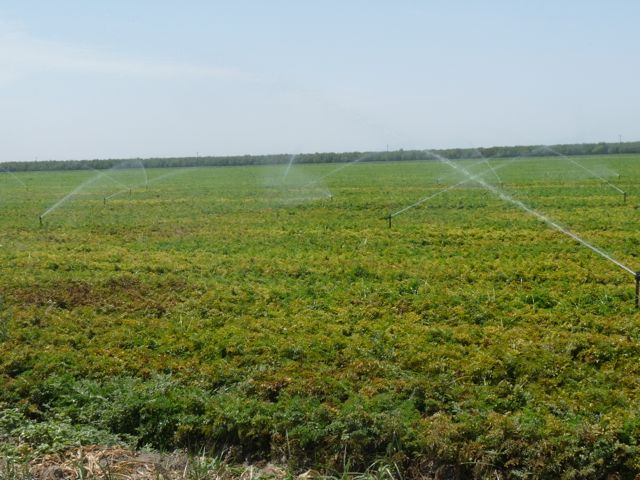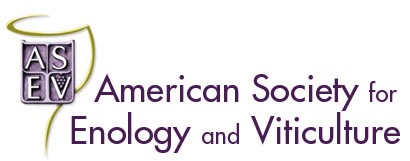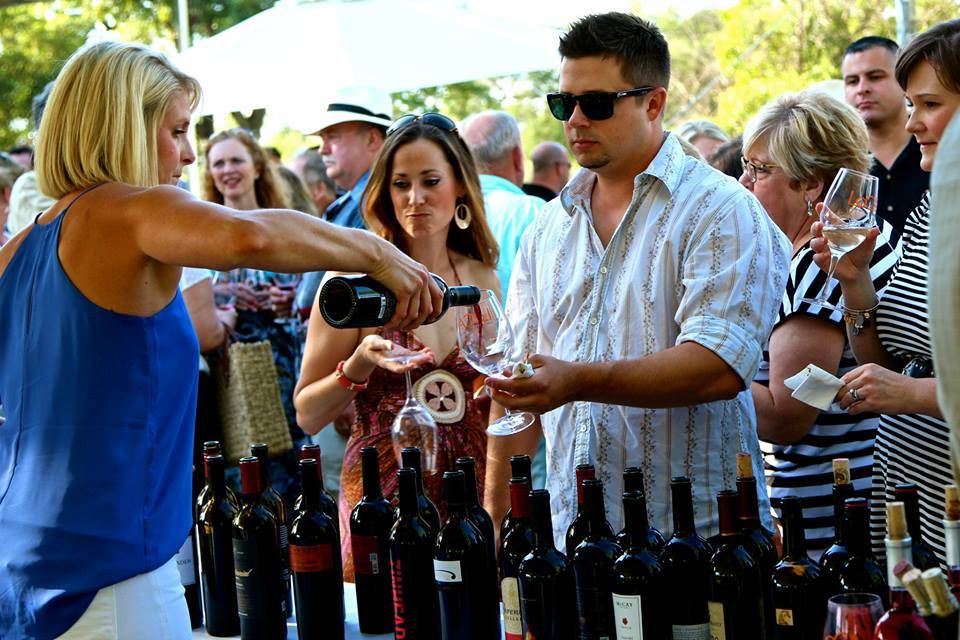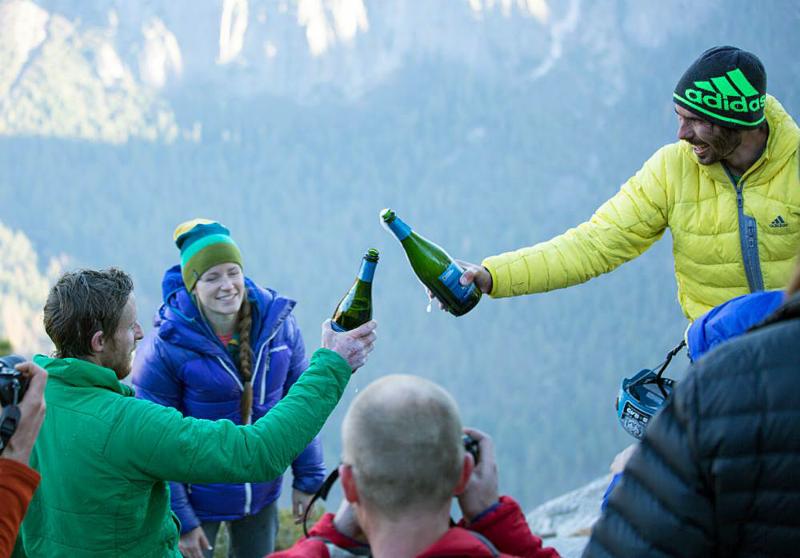CALIFORNIA WINE is a Brand
Amy Hoopes on How California Wine is a Brand
By Laurie Greene, Editor
The creation of Californian wines led to the realization of a new flavor profile; California Wine is a brand.
Amy Hoopes, chief marketing officer and executive vice president of global sales for Wente Family Estates in Livermore, Calif., said when Californian winemakers developed a new flavor style for wines, they hit home with the youthful American consumer palate. “I think the taste profile for California wines for a long time has been a product that offered more,” Hoopes said.
“It was more fruit forward,” Hoopes explained. “It was bigger. It was bolder. It appealed to the young American palate which had previously had access only to high-end European wines and a confusing French classification, which at that point caused a lot of anxiety,” she noted.
Hoopes said the California brand was able to build upon a flavor profile that matched the grapes grown in the state, “to make styles of wines that just clicked. Consumers say, ‘Wow I feel confident now. This is comfortable. I know what it is; I understand where this is going.’”
“I believe having that kind of focus again is the renewal we’re looking for in the California brand—to reconnect with what more means and to make sure that we’re consistently delivering that taste experience to increase the value behind the brand.”
Founded 130 years ago, Wente Vineyards is the country’s oldest, continuously operated family-owned winery.


